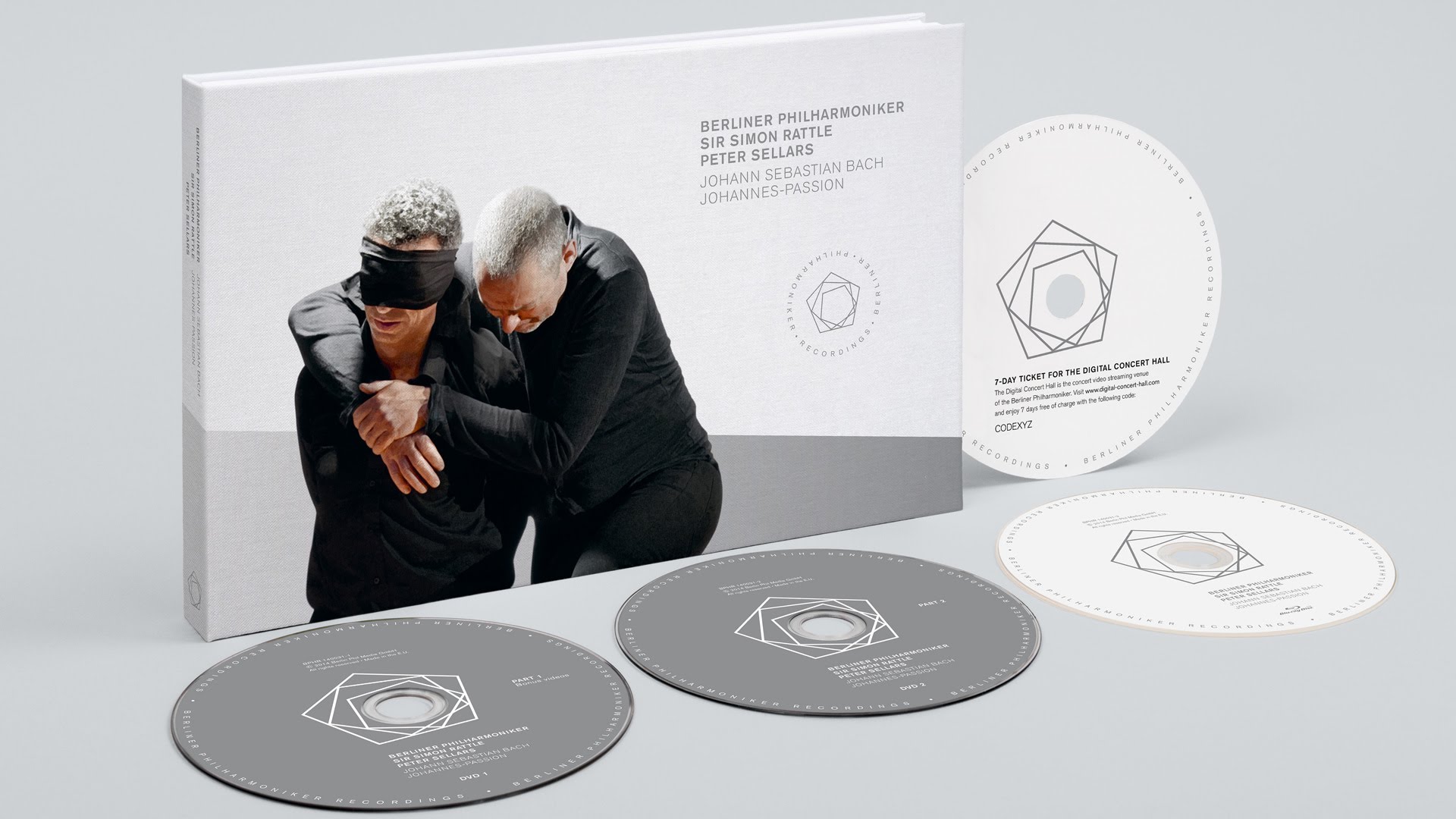Was 1911 the best ever year for music? Works premiered or composed then include Strauss’s Der Rosenkavalier, Stravinsky’s Petrushka, Mahler’s Das Lied von der Erde and the Tenth Symphony he’d completed in outline by the time of his death that May, Sibelius’s most austere masterpiece, the Fourth – for which the little oddity which opened last night’s concert, The Dryad, sounded like a sketch – and Nielsen’s Third, self-subtitled “Espansiva” but in this performance more like the “Inexhaustible” to blaze a path for the “Inextingishuable” Fourth.



For his second programme this week with the London Symphony Orchestra, Sir Simon Rattle conducted variations on a programme he’s been doing for years. So what’s the theme? Invention and hysteria, you might say. Berg’s Marie in Wozzeck and Stravinsky’s virgin in The Rite of Spring both meet gory if wordless ends. Ligeti’s Chief of Police in Le grand macabre reverses roles and deals death to anyone in her path. Or at least threatens it.

This recital had looked so good on paper. The charismatic Dutch violinist Janine Jansen, with Itamar Golan at the piano, would bring all the brooding darkness of late '60s Shostakovich to life, and would then charm and finally dazzle in Ravel. In the hall on the night, and in particular in the second half, she didn't quite live up to such expectations.

Ian Bostridge’s relationship with Schubert’s song-cycle Winterreise goes back 30 years. Many of those years have been spent in the public eye (and ear), allowing us to watch the tenor grow and grow-up with this music. It’s been over a decade since his first recording of the cycle with Leif Ove Andsnes, and almost that long since David Alden’s filmed version; the Bostridge who tours the cycle with Thomas Adès this year is quite a different singer and performer.

Sir Simon Rattle wants you to hear Das Paradies und die Peri. He is convinced that Schumann’s oratorio is one of the great undiscovered masterpieces of the Romantic era. To that end, he has led performances with the Berlin Philharmonic and an all-star cast, and has now brought that cast to London to convert the Brits.

There’s nothing like Terry Riley’s In C to reawaken a past epoch. Of variable length, built from 53 melodic fragments, this minimalist construct of 1964 was almost designed to be performed and experienced lying on cushions in a marijuana haze – though a state somewhat ruptured by the home listener’s need to stir and turn over the vinyl LP in order to hear the other side. There was also the problem, at least in Britain, of the original LP’s inner sleeve, incongruously plastered with ads for the honeyed voice of easy-listening balladeer Andy Williams. As if…

The Simón Bolívar orchestra is the musical answer to the question “Would you like to supersize that?” A youth orchestra in bulk, if no longer in name, the ensemble has made a signature of its heft, making repertoire work on its own terms rather than adjusting itself to fit. On Thursday night, full-fat Beethoven and Wagner that threatened to overspill in the generosity of their gestures, so how would the orchestra fare with Mahler’s mighty Fifth Symphony?

Youth may have vanished from the title, and its first flush is gone from the cheeks of most of the young persons. Now they’re in their prime, a magnificent sight – and the sound, too, is that of a world-class orchestra with a voice. Which we heard at its most distinctive, deep and muscular, from the strings in the opening signals of Beethoven’s Fifth Symphony. So what went wrong with the music from Wagner’s Ring in their first 2015 Southbank concert’s second half?


